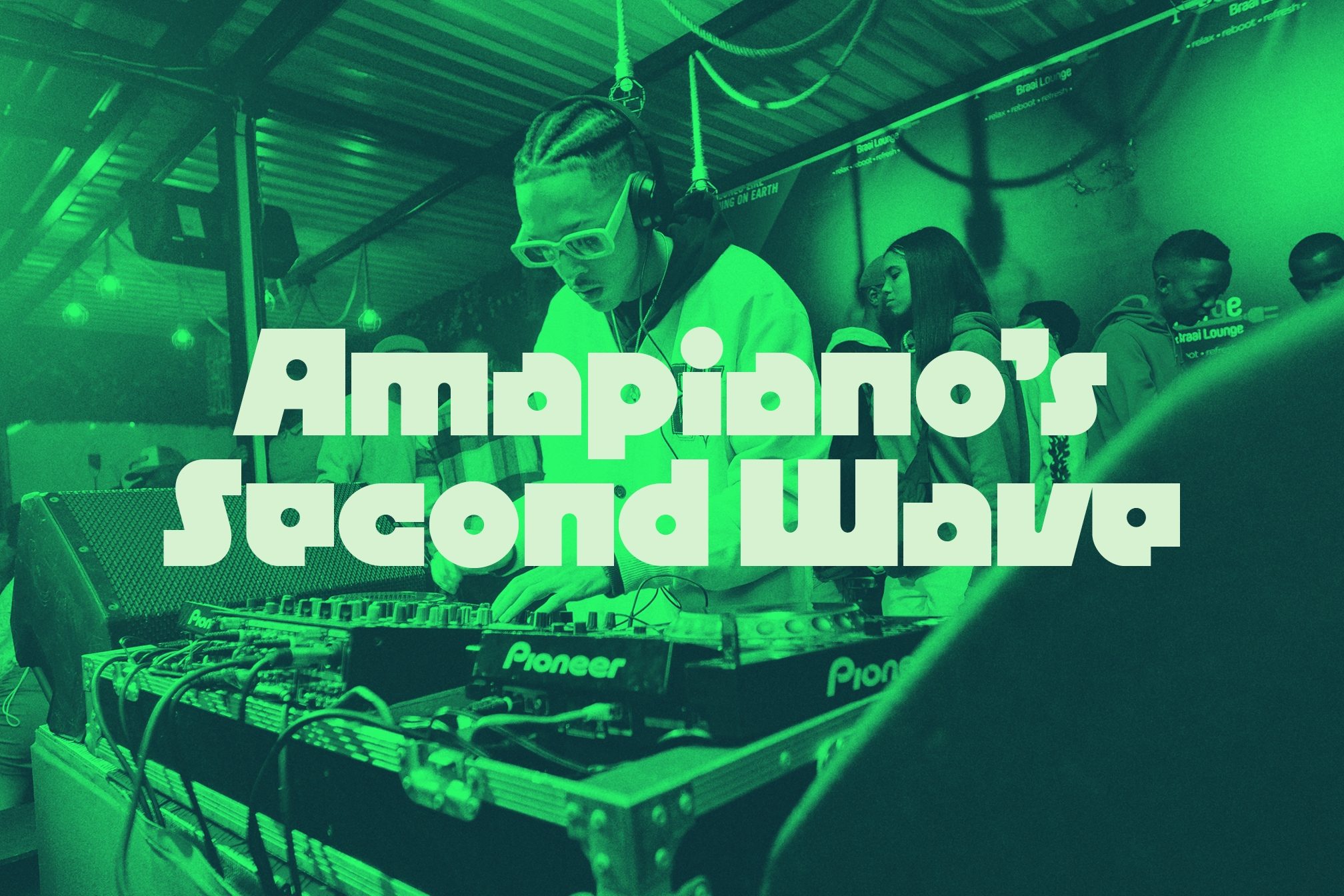 Features
Features
Amapiano’s Second Wave: How innovations emerge from Black South African culture
In South Africa, where inequality is rife, young and underprivileged producers are pushing the evolution of amapiano. In the second instalment of our three-part series documenting Amapiano's Second Wave, Jake Colvin explores how community generosity and collaboration helps artists innovate amid challenging conditions
Sharing sounds, samples and techniques
Kiddyondebeat speaks with mixed feelings about the township where he grew up. “I would describe it as a place of influence,” he says. “It has its own ups and downs. It’s a matter of individuals deciding what route they want to go for, because there’s a lot of stuff going on. It’s up to you as a person if you want to stay in a good lane or bad lane, if you want to be influenced in a good way or bad way.”
Kiddyondebeat is a 25-year-old amapiano artist with production credits with the likes of DBN Gogo and Mr JazziQ. He specialises in “private school” amapiano, a subgenre that combines soulful melodies, jazz chord progressions, smooth basslines and a “clap and tap” rhythmic pulse. Like Kabza De Small, his first experience of creating music was in school, making beats by “tapping on the tables and chairs”. “When you start doing stuff like that, the people around vibe with you,” he tells me.

When he was 15, a friend he rapped with gave Kiddyondebeat FL Studio, and he started building beats for his rap group. When you listen to production mixes like ‘Mnandi Mculo’, it's hard to believe he hasn’t had any formal music education. “Most of this stuff I learned by myself. If I don’t understand something I just go to YouTube for reference,” he tells me. His friend taught him to play piano using only the black keys (which together form the pentatonic scale) and he took it from there.
After apartheid ended in 1994, Black South Africans were granted freedom to move between physical spaces. But material conditions have not improved dramatically for many, and the country is still one of the most unequal in the world. Economic security and educational attainment are largely determined by family background. Social mobility, at best, advances slowly and tenuously over generations.
“There’s not a lot of jobs out there, there’s not a lot of access to anything,” Golden Lady tells me. She moved from South Africa to the UK as a teenager. As amapiano has become popular across the world, she’s concerned its youngest and least privileged innovators are being left out of the story. Many of these producers are either under- or unemployed. “They choose music and they stick with it, and they just produce, produce, produce. Because that’s something you can do on your own time, it’s not like you have to go apply somewhere and be accepted or anything like that.”
“When I ask these people, ‘how did you get into music?’,” she says, “I’ve come to understand that it’s when they realise that music is the easiest or fastest way they can put bread on the table. And when I say ‘bread on the table’ I mean actual bread on the table. That little 15 or 20 rand for bread, where they had nothing, nothing – that’s why they’ve stuck by music.”
There is a strong gifting culture in South Africa, which arises from township poverty. Golden Lady credits “ubuntu,” the Southern African concept of common humanity and community. “Whatever little we have,” she says, “we share.” In the days of apartheid, “most Black South Africans were poor and had nothing. They would share what they had to try and bring the whole community together.”
This culture lives on in townships post-apartheid. It’s what allows new genres to thrive in places where most people live below the poverty-line. The open availability of amapiano sample packs – in which sounds are curated from other genres like EDM, gqom and house – have enabled its rapid growth. “I don’t even know who makes them or where they come from,” Kiddyondebeat tells me, “it’s just a matter of getting my hands on them. I get them through someone, someone else got them through someone. It’s a matter of sharing, we just pass them around.”
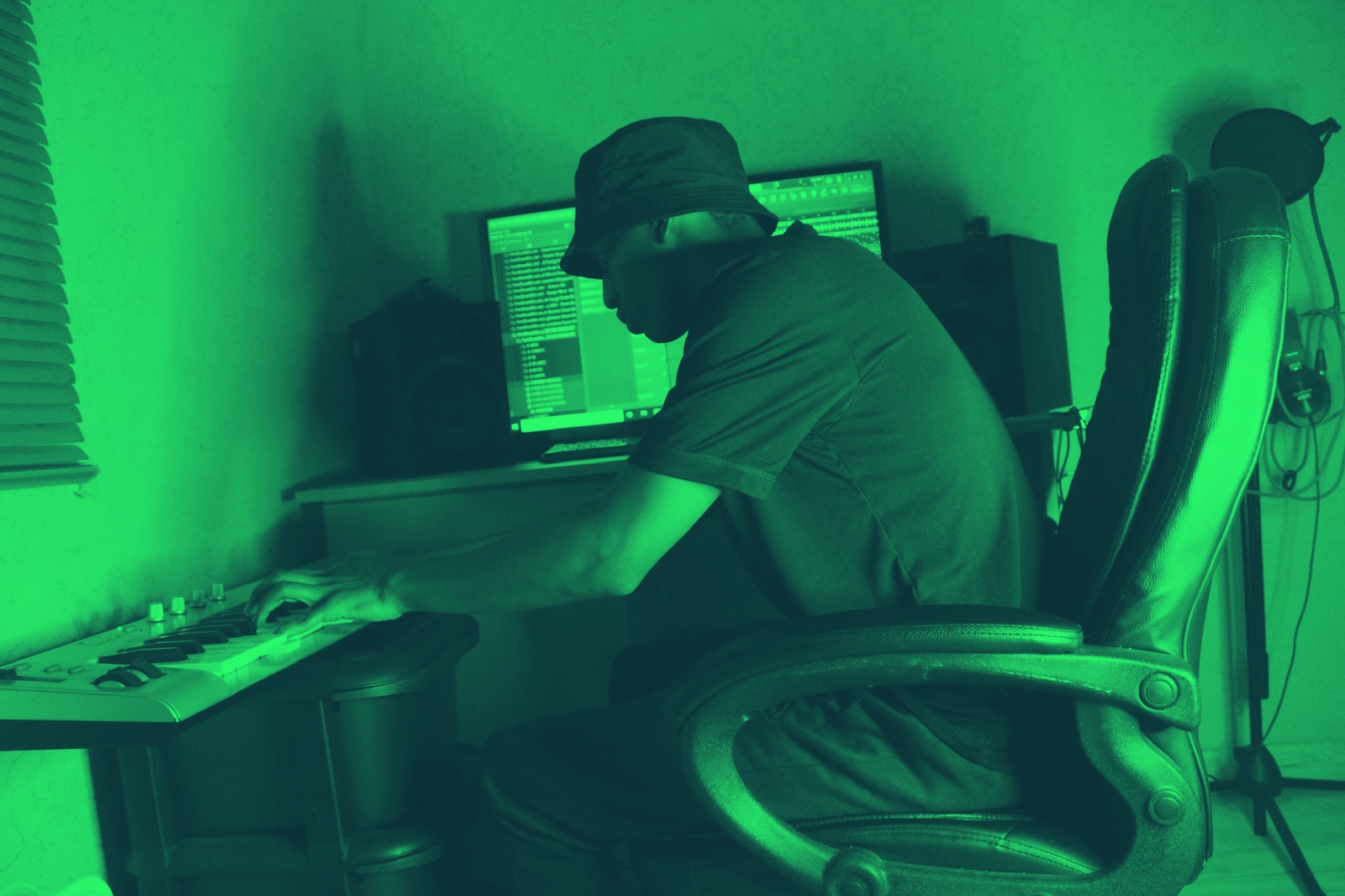
Jozi Echo (aka J.E) is an unsung hero for his sample packs, which helped popularise sounds now regularly heard across worldwide pop charts, seeping into genres far beyond amapiano. Packs by Djy Skatu and Kay De Mellow (aka KDM) have similarly been shared widely. New tracks become popular in the same way. Following a mode of exchange in townships stretching back to the days of kwaito, they circulate in the streets before an official release. What used to be the physical movement of CDs, USBs and hard drives between matchbox houses now happens on WhatsApp and Facebook. “In all locations, or what you’d call ‘kasis’ [slang for townships],” Golden Lady says, “that’s how music moves. You just share it around with people and that’s how it blows up.”
“YouTube is the answer to everything,” 17-year-old producer JayMea tells me. “I learned how to produce on YouTube, I got all my sample packs from YouTube!” In the early days of the genre’s ascension, producers like Xdizzle shared detailed tutorials that spread production knowledge within and beyond local networks. The genre’s sound was curated and demarcated, and the tools to create it were made accessible to anyone with an internet connection.

Real Nox has been producing music since he was 18. Now in his early 20s and based in Cape Town, he initially began fusing gqom with EDM and electro, then switched to amapiano in 2019. His track ‘Urban Beat’, with its hyperactive, octave-traversing log drums, became an underground anthem among London DJs. In 2021, the Tribal Brothers released his ‘Party Animal’ EP on their label Renk Groove Recordings. The title-track features a skillfully woven patchwork of street noise, background chimes and the furious revving of a motorbike.
Producers often use two techniques to make their tracks stand out: introducing samples they’ve recorded or found themselves, and honing their signature use of the log drum. Explaining how he captures sounds with his phone, Real Nox tells me, “I just take a walk and go into a crowd and record. Then I come back and listen to what I’ve recorded and cut, cut, cut.”
“Those sounds make my music unique,” he says. “When I put those background sounds in – kids playing, or a bike – it’s like a trademark.”
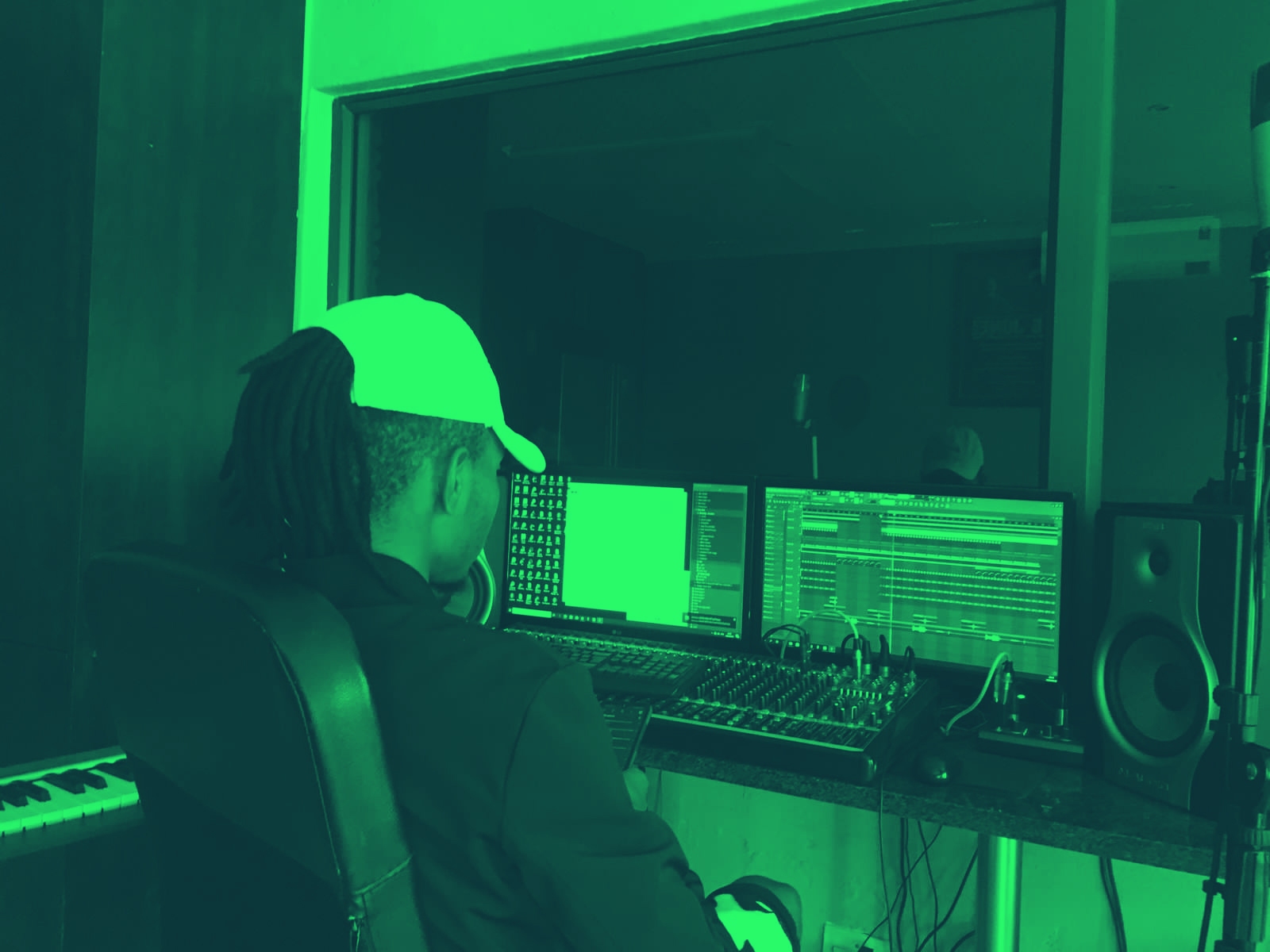
The sound of the log drum originates from the “Log Drum” preset on FL Studio’s native VST, the Fruity DX10, popularised by MDU aka TRP. Ostensibly a Yamaha DX7 replica, the Fruity DX10 creates unique sounds that are hard to get on the real DX7 or any of its emulations. Vary the velocity or reduce the note length to a series of brief hits, and you quickly get from the sound of someone dragging a digital stick across a corrugated metal roof to hitting a huge empty fuel drum. Crucially, the Fruity DX10 uses very little CPU, meaning even the oldest spec computer can comfortably load many instances of it. This is how amapiano producers synthesise layered up bass and create the variations, rolls and flourishes that are now the genre’s key feature.
Ways of manipulating the Fruity DX10 pass around mimetically. The heavily swung log drum you hear in Njelic SA & Thabza Tee’s ‘Down The Drain’ is a feature of “bique”, a subgenre named after Mozambique, South Africa’s northeastern neighbour. Listen to Zan’Ten’s ‘Ize (Bique Mix)’ or DJ SOL K, FOI & Jay Music’s ‘Bique (Deep Groove)’ and you’ll notice how, as they’re played in quick succession, the notes shuffle and growl.
Many producers promise a fresh take on the log drum. DJ Black Low, GemValleyMusiQ and Toxicated Keys use variations of the “Clunk Bass” preset on the Fruity DX10, which has a harsher knock and thicker mid-range, to create a more aggressive sound. Jay Music and D’Athiz both layer the DX10 with trap-inflected 808 sounds, creating what Jay Music calls a “tube bass”.
Breaking the flow
Because young producers work with what they have, their limitations shape the genre. FL Studio presets and low tech VSTs like Sonic Cat’s Purity are responsible for many of amapiano’s distinctive sounds. While it’s tempting to romanticise the accessibility of software and sounds, painting a picture of the democratisation of electronic music production, there are harsh differences between the technological conditions faced by European and South African producers. One of these is power outages.
“Ay, it’s bad! I always experience it man.” Jay Music is on a short rest between European gigs when we speak, having travelled from Paris to Brussels. “One time, we were having a studio session with a bunch of artists, and as soon as the artist was about to jump on the mic, load-shedding hit. It was two in the morning when the power went off, so we called it a day after that.”
“Load-shedding” is something of a euphemism for scheduled electricity outages of several hours. Carried out to avoid power demand knocking out the entire grid, it’s widely viewed as a product of mismanagement and corruption in South Africa. Jay Music launched his touring career with the help of three tracks he made in the space of a week: ‘The Fxckin Injury’, ‘Trip Session’ and ‘Explore’. “The laptop I used back in the day –” he tells me, “I had to leave the charger in because the battery was messed up. So every time load-shedding hit and I didn’t save the project, it was gone.”
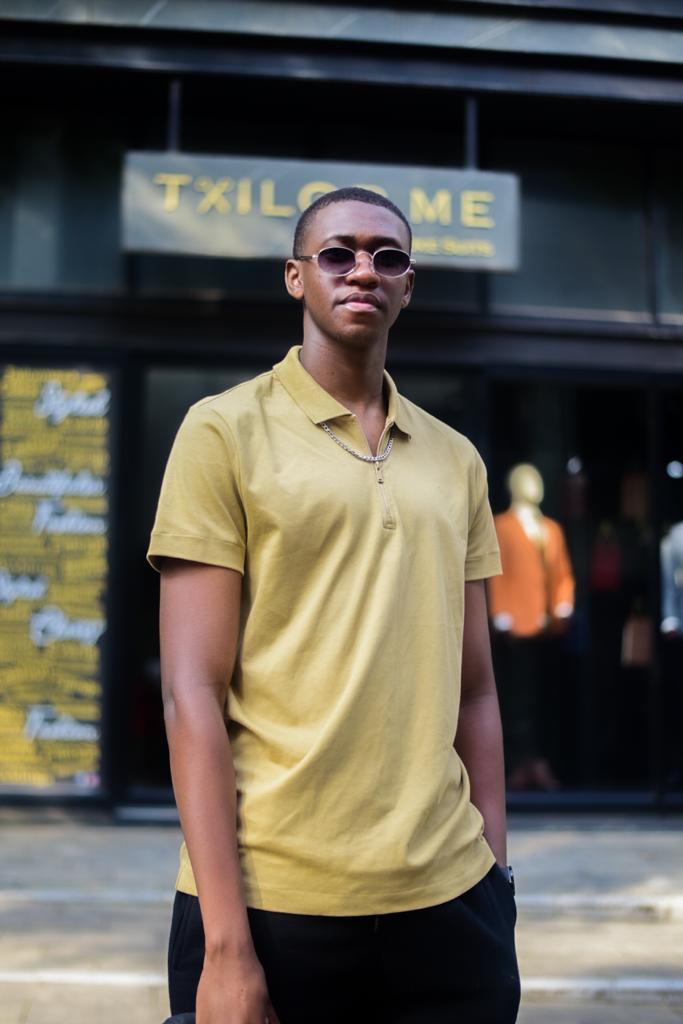
When I arrange to call D’Athiz, he warns me we’ll have to work around load-shedding. His laptop battery only lasts 20 minutes without charge, so he keeps an eye on the electricity schedule and doesn’t produce music when it could drop out. “The problems arise when there’s a deadline…” he explains. “I promised that I’d release the ‘Summer Banger’ EP on the 25th or 26th of November, so I had to upload the tracks to DistroKid around 3am. The electricity came back at 12am, so I stayed up to finish them.”
D’Athiz arranges late nights around studying and a job. He uses two different mobile network providers to stay online when load-shedding hits, but doesn’t upload anything using the more expensive provider.
“I speak to people who will make a track and, as they’re about to finish it, load-shedding goes and they’ve lost the whole project,” Golden Lady tells me. “They have to start again. And they start again, and start again.” “I find that so inspiring. Staying motivated is tough and I guess it’s part of our modern mindset, that to be motivated is tough. One little thing disturbs me or disturbs my flow, I’m off. I can’t restart, I need a break! But they take every chance.”
Another barrier to accessing music technology is South Africa’s high crime rate. It prevents certain artists from learning to DJ on club-standard setups, and from producing music on high-end equipment. “Here in the UK,” Golden Lady explains, “we have Pirate studios. If they wanted to do that in South Africa, they’d need a 24-hour security guard, because somebody is going to break in and steal that equipment.” This also affects mobility. Some producers are unable to leave their studios unattended, so they find friends to work in them when they’re not around.
“At some point I wanted to do a studio-AirBnb, where they could come in and rent it out, and one of the main issues was security,” Golden Lady says. “You wouldn’t be able to trust people to come in and work and leave without stuff going missing. That also limits how many people have access to studios, because if one person does have a studio, they’re not likely to invite anybody.”
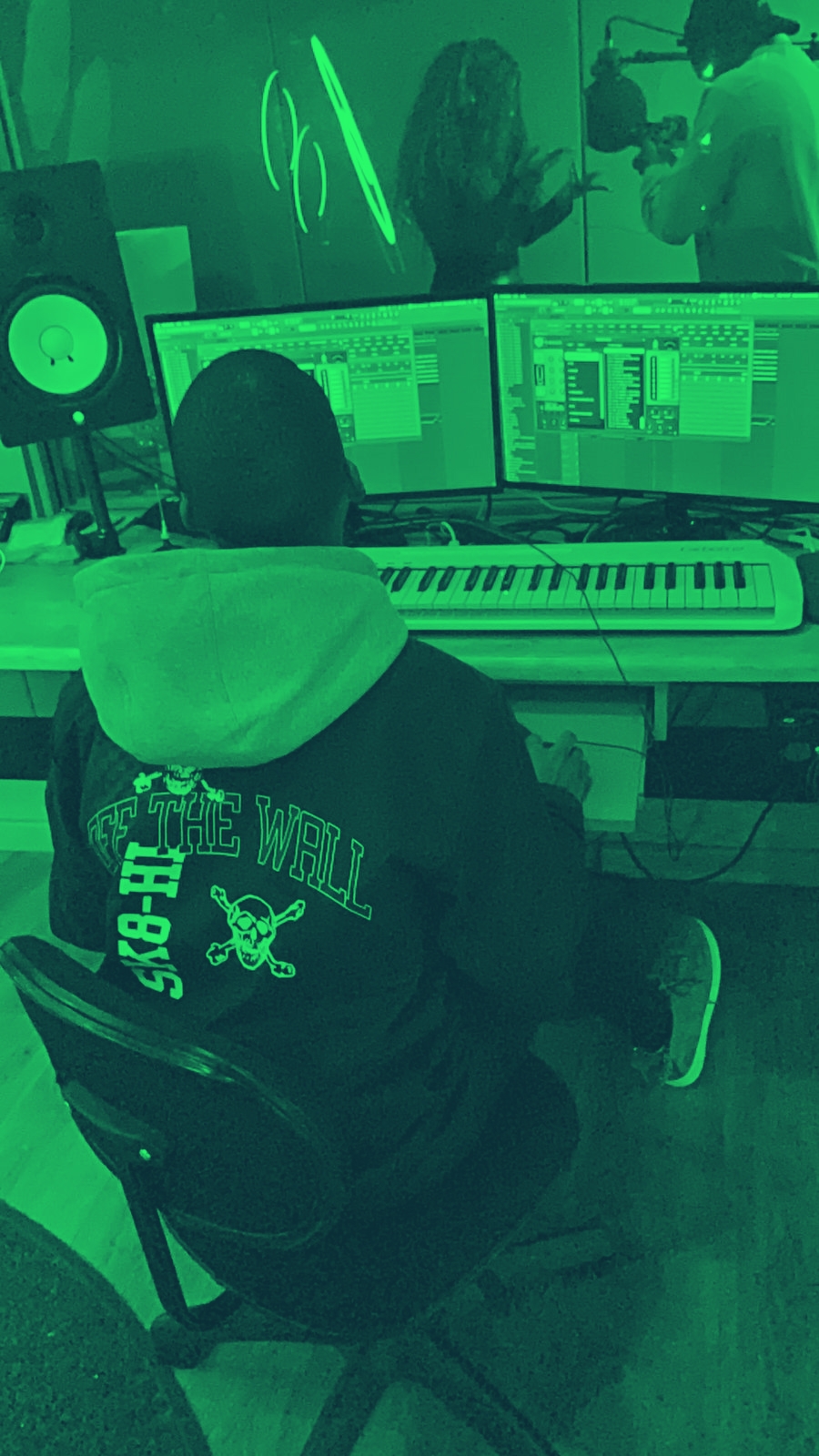
Despite this, collaboration is central to amapiano. It’s rare to find popular tracks or EPs without multiple names and several featured artists. But many collaborations arise from social media connections and internet file-sharing rather than meeting in person. Kiddyondebeat says he started collaborating with DrummeRTee924 and Real Nox by sharing music through Instagram. “A lot of guys that I’ve worked with, I’ve never even met them. We do talk, we check up on each other… but most of the time it’s work, work, work.” The same goes for JayMea, who collaborates with other artists to expand the possibilities of his sound. “That’s why I keep shooting people DMs, because I’ll be able to make different sounding tracks by fusing our styles together.”
By sharing samples, sounds and experience through collaboration, the township spirit of community continues, and amapiano artists keep putting out new music and sonic innovations. They’re better able to build more expansive projects together than alone. “It’s really a community thing,” Golden Lady says. “Not a lot of people make it out on their own. Most of them would have worked with several other people to get the sound accurate, and shared knowledge.”
But the culture of collaboration sometimes masks inequity behind the scenes. Despite the genre’s best-known tracks featuring long lists of artists, not everyone benefits equally. In the third and final part of this article, artists explain how a cycle of exploitation allows some DJs to capitalise on amapiano’s global popularity, while sidelining innovative young producers in South Africa.
Jake Colvin, AKA NKC, is a writer, DJ, producer and founder of the Even The Strong label, follow him on Instagram


